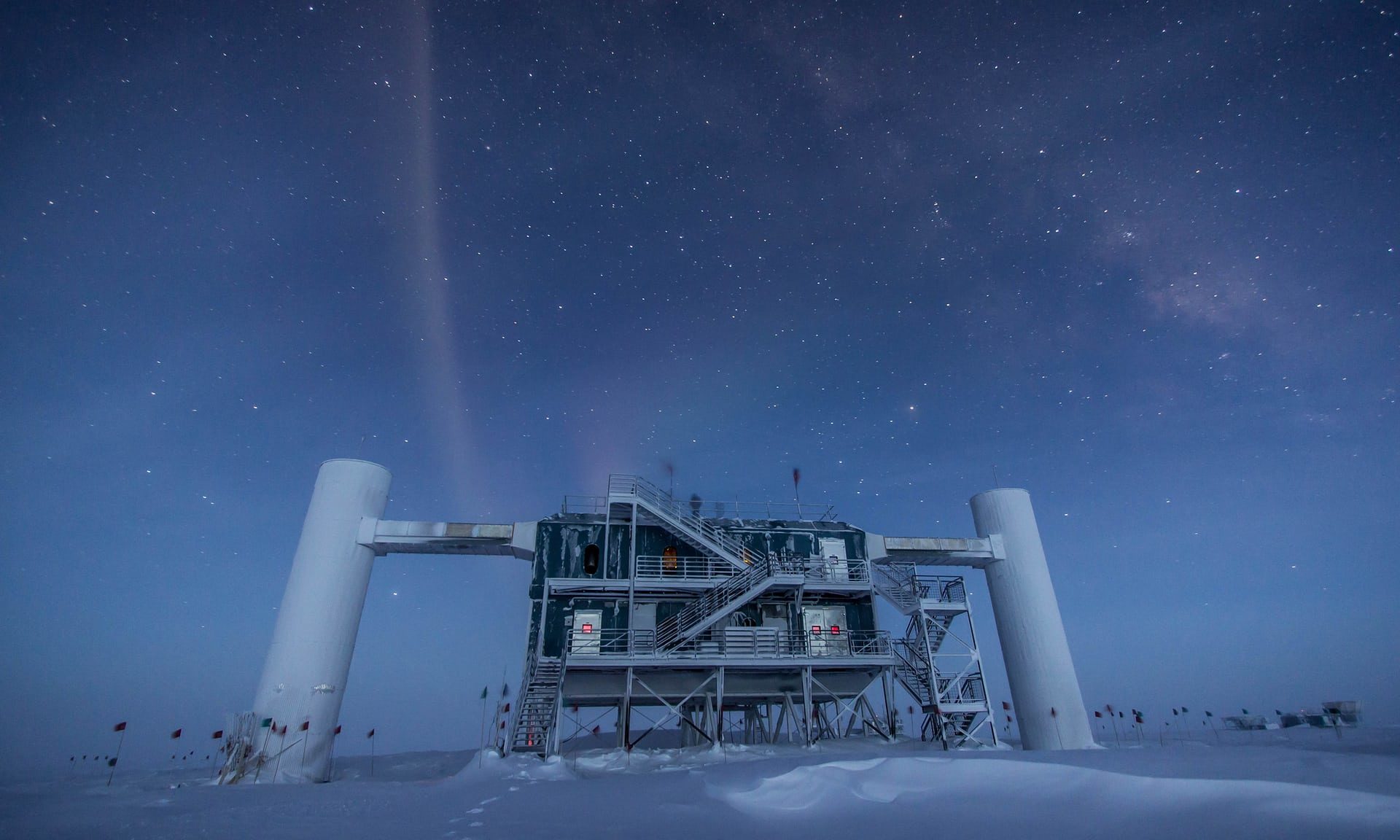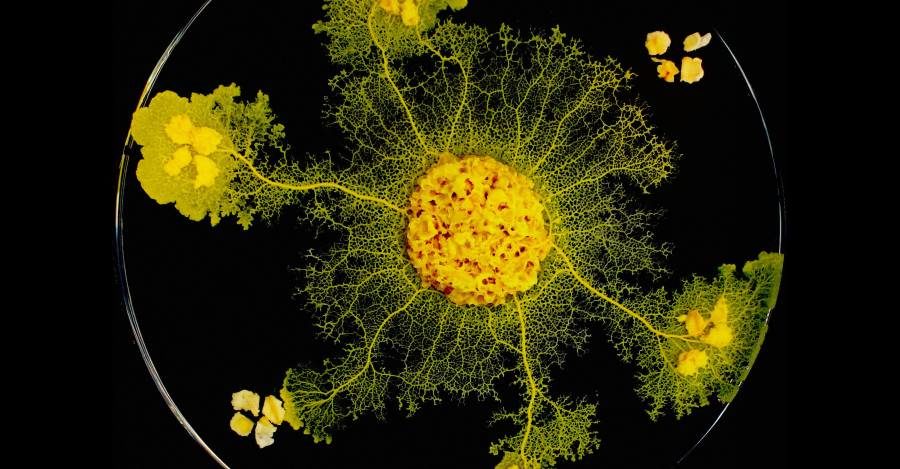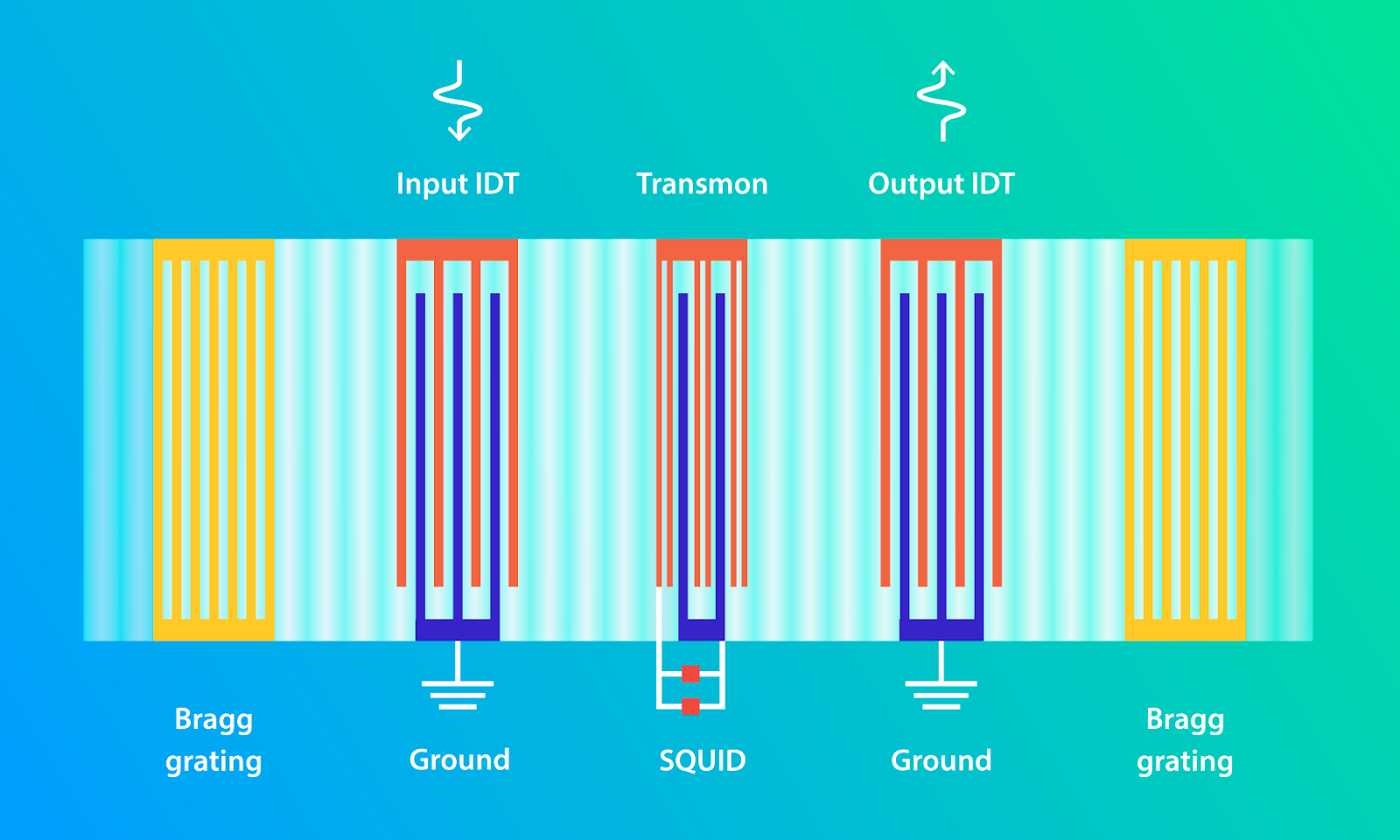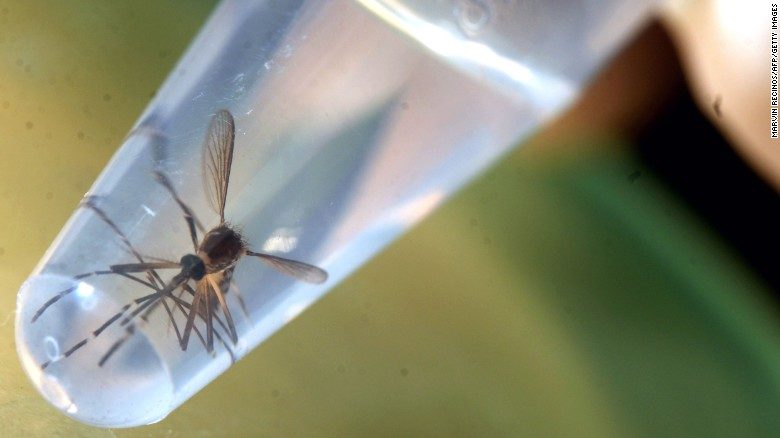
© Andrea Solero/AFP/Getty ImagesÖtzi, the Iceman, tattooed and full of goat fat.
Imagine you're out for an evening of pizza and beer and on the way home you're flash-frozen into a block of ice, only to have hordes of scientists thaw you out a few thousand years later and systematically
delve into every conceivable aspect of your long-lost life.
Such has been the fate Ötzi, also known as the Iceman, whose frozen body was
discovered in 1991 by a pair of German tourists hiking in the southern Tyrol on the border between Austria and Italy. Ötzi's corpse was found at an elevation of 3210 metres above sea level, where it had rested undisturbed for more than 5300 years.
In the latest examination, researchers
reporting in the journal Current Biology say their in-depth analysis of his stomach contents reveals much about his dietary habits. Among other things, they say,
his last meal was heavy on fat.When Ötzi was discovered, what was at first thought to be the corpse of some unfortunate modern-day climber was eventually revealed to be that of oldest naturally preserved ice mummy.
Since then, study of Ötzi, his clothing and the tools and weapons he carried have revealed much about life in the Copper Age, or Eneolithic Period.
Much has been
written, for example, about his more than 50 tattoos.
Researchers led by Frank Maixner, of the Eurac Research Institute for Mummy Studies, in Bolzano, Italy, used highly detailed biological analysis to reconstruct the Iceman's last meal.
They found that he had a "remarkably high proportion of fat in his diet".






Comment: Earth's weakening magnetic field is allowing more cosmic rays to enter and this has been demonstrated to contribute to increased cloud cover, and one wonders how else these high energy particles may affect life on our planet: